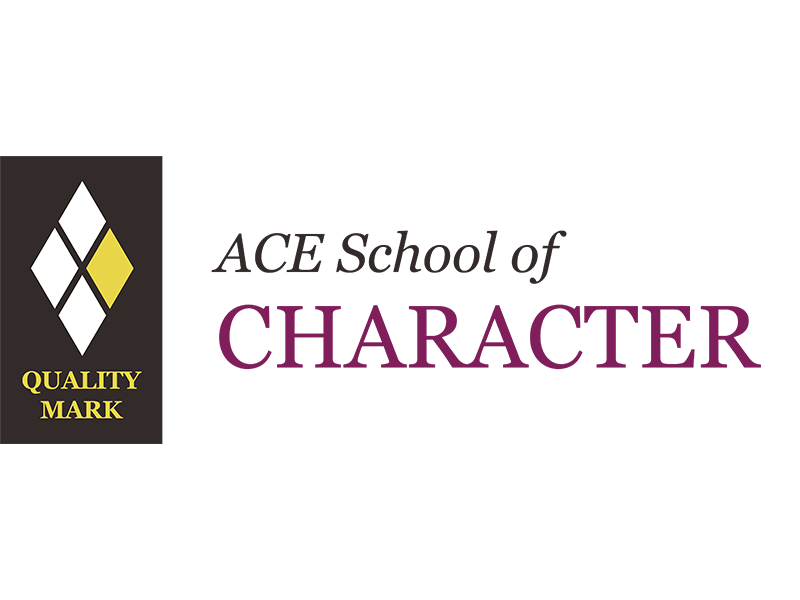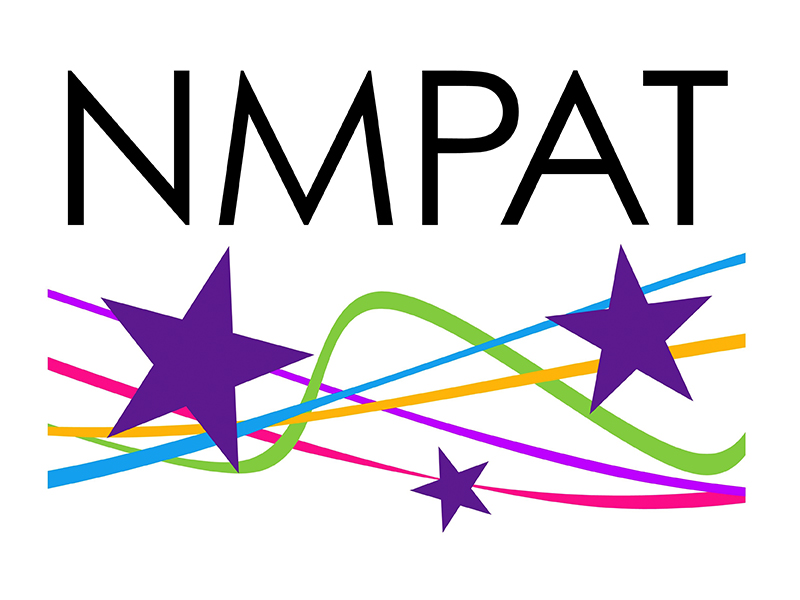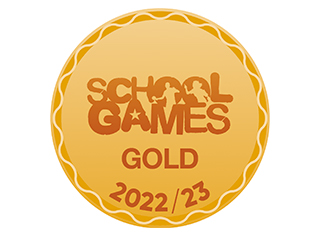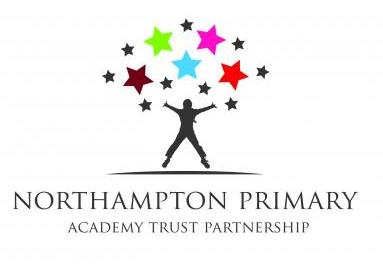Headlands Primary School | History Narrative
The history curriculum has been intentionally designed to ensure children develop a substantive knowledge (factual content) alongside the development of disciplinary knowledge (the action taken within a specific subject to gain knowledge) as they learn the fundamental elements of what it is to be a historian. Through key historical high-dividend concepts, children will study a range of cultures and historical perspectives. The curriculum has been designed and sequenced to equip our children with a secure, coherent knowledge about local, British and world history with an understanding of influential key people, events and time periods from the past. This develops both subject proficiency and deeper learning associations in order for children to construct a secure historical schema. Units of work have been deliberately selected and sequenced within the Long-Term Map to aid children’s retention of knowledge, utilising the principles of Cognitive Science.
A high-quality history education will help pupils gain a coherent knowledge and understanding of Britain’s past and that of the wider world. It should inspire pupils’ curiosity to know more about the past. Teaching should equip pupils to ask perceptive questions, think critically, weigh evidence, sift arguments, and develop perspective and judgement. History helps pupils to understand the complexity of people’s lives and the process of change over time, the diversity of societies and relationships between different groups, as well as their own identity and challenges of their time. (National Curriculum 2014)
The following high-dividend concepts have been identified as an integral part of the history curriculum: change, conflict, community, culture, legacy, locality, power (including monarchy) and trade. These form the key conceptual understanding through which history is taught; they are frequently reinforced and developed. Teachers will make explicit reference to where children have met these concepts previously in the curriculum.
The teaching of history is driven by an enquiry question approach that seeks to capitalise on children's curiosity and prior learning. Units of work are structured around an overarching historical enquiry to ensure teaching is focused and children are working towards a clearly defined outcome. The overarching enquiry is broken down into small sub-enquiries to provide incremental progression that grows over a series of lessons to allow learning of content more manageable. The history pedagogy and curriculum has been developed to ensure learning is not just encountered but remembered. The substantive knowledge content is detailed within the unit planning and knowledge organiser; disciplinary knowledge is mapped out in the NPAT Disciplinary Knowledge Progression in History document, as well as within unit planning. At the heart of our approach is retrieval practice and revisiting knowledge. Retrieval practice involves deliberately recalling knowledge from memory to make learning more robust and connected. Units of work refer to learning from previous units to enable children to grapple with historical concepts such as 'continuity and change', and 'similarity and difference' (see links referenced below). Units of work have been intentionally selected and sequenced to ensure children have knowledge of historically significant men and women from a range of diverse cultures.
Horizontal links are explicitly made e.g., Year Three children learn about the impact of the Romans on Britain in Autumn One, including the invasion, culture, the rebellion of the Celts and the Roman legacy. When children learn about the Anglo-Saxons teachers will explicitly link the chronology, how the culture of the Anglo-Saxons was different to that of the Romans etc. Where there is legacy within a time period then this will be explored explicitly. If there is no real legacy, then this will also be explored.
Vertical links will be made where knowledge and understanding are built upon from previous history units. E.g., In Year Two, the Great Fire of London unit will build upon knowledge and understanding from the Year Two unit, the Great Fire of Northampton.
Diagonal links will be made, particularly where this is cross-curricular. e.g., links between History and Geography: such as the Year One Term Five Northampton Boot and Shoe Industry (History) with the Year One Term Two unit Where Do I Live? (Geography), Year Three Term Three The Romans (History) with the Year Three Term Four unit How do Natural Disasters Impact Europe? (Geography) and the Year Four Term Five unit Ancient Egypt (History) with Year Four Term Six unit Are all Rivers the Same? (Geography). Links between History and Science: such as the Year Five Term One unit The Industrial Revolution (History), Year Five Terms Three and Four Properties and Changes of Materials and the Year Six Term Two unit Evolution and Inheritance (Science).
During EYFS, with reference to the NPAT Curriculum Frameworks for EYFS, children will begin to develop their historical substantive, disciplinary and conceptual knowledge through Understanding the World – Past and Present.
During KS1, with reference to the National Curriculum, children will develop their knowledge of changes within living memory, the lives of significant individuals and historic events that occurred nationally or within their locality. The range of units selected will build both historical substantive and disciplinary knowledge. The following units of work have been selected: Past and Present, Edith Cavell and Mary Seacole, the Northampton Boot and Shoe Industry, The Great Fire of Northampton, Christopher Columbus and Neil Armstrong and The Great Fire of London. They will also complete two short units in each year about Remembrance Day and The Gunpowder Plot.
By the end of KS2, with reference to the National Curriculum, children will gain coherent knowledge and understanding of Britain’s past and that of the wider world and of the legacy both at the time and that still influences our lives today. This has been done through attention to chronology, the study of a range of time periods, and through the study of local history. The range of units selected will continue to build both historical substantive and disciplinary knowledge.
During Lower Key Stage 2 the following units of work have been selected: The Stone Age through to the Iron Age, The Romans, Anglo-Saxons, Vikings, a School Designed Local History study and Ancient Egypt. Opportunities to develop their understanding of local history are explicit throughout.
During Upper Key Stage 2, the following units of work have been selected: The Industrial Revolution, Shakespeare in the time of the Tudors, Walter Tull and Frank Anderson (World War I), World War II, Benin AD 900 – 1300 and Ancient Greece. Local historical knowledge will continue to be developed through the study of Walter Tull in Year Five.
The NPAT History curriculum reflects our various localities to ensure children have a rich understanding of their local heritage as well as changes over time. Local history is woven into our history curriculum to ensure it is explicitly taught in Years One, Two, Four and Five and that links with larger historical themes are made. For example, in Year One, Northamptonshire children learn about the Boot and Shoe Industry, its relevance, legacy and historical significance to the local area. In Year Five, children in Northamptonshire schools learn about Walter Tull a local war hero, and football legend. The NPAT curriculum and pedagogy will therefore enable children to begin secondary school being able to articulate, with a secure chronological knowledge, aspects of local, British and world history. They will be able to use appropriate historical terms as well as note connections, contrasts and trends over time.
Key History vocabulary is specified and explicitly taught as part of the NPAT History Curriculum. The development of vocabulary progresses throughout the History curriculum.
Subject Documents
| Title | Description | Download |
|---|---|---|
| pdf NPAT History Long Term Map 2024 - 2025 | Download |








